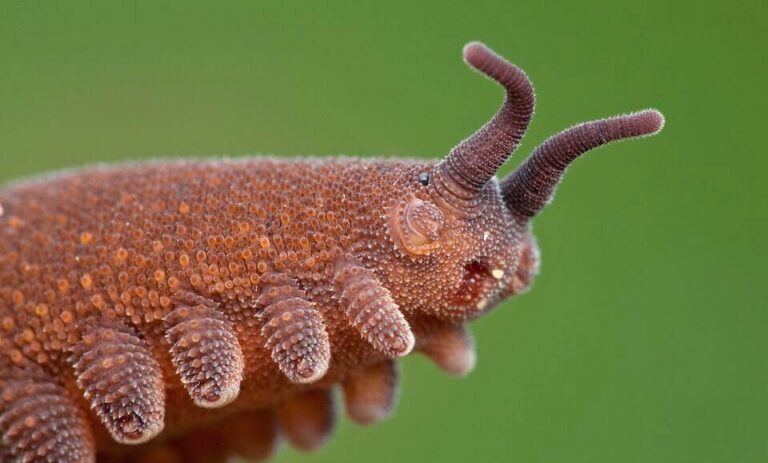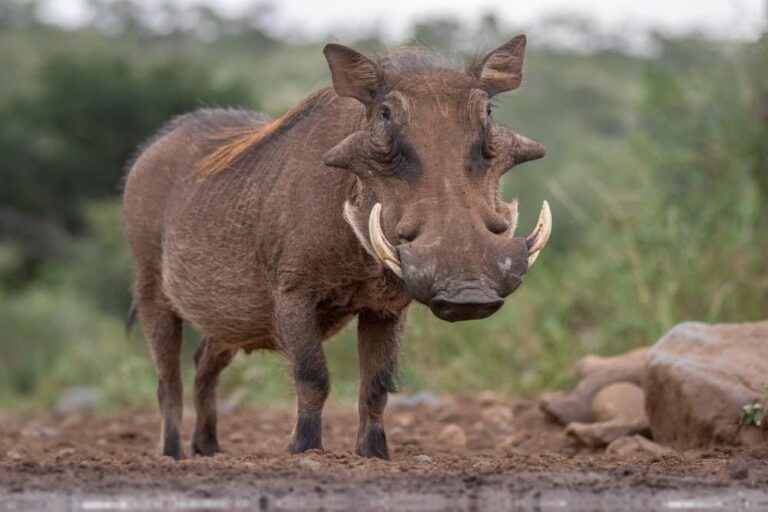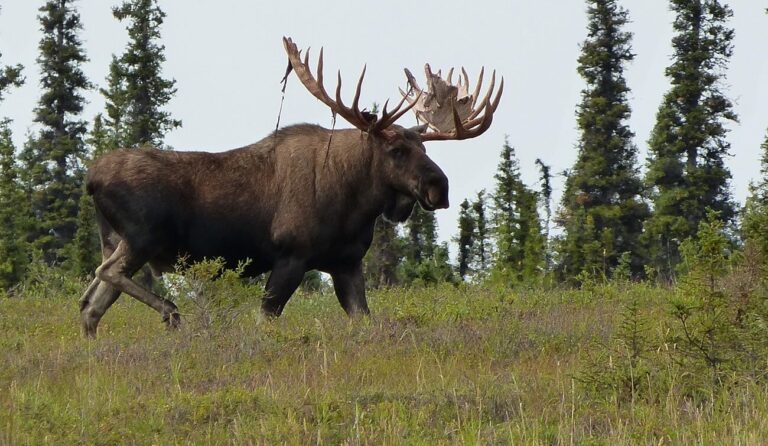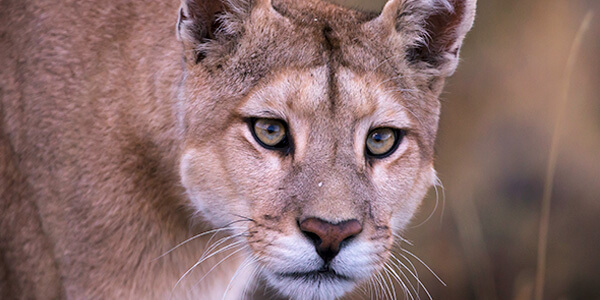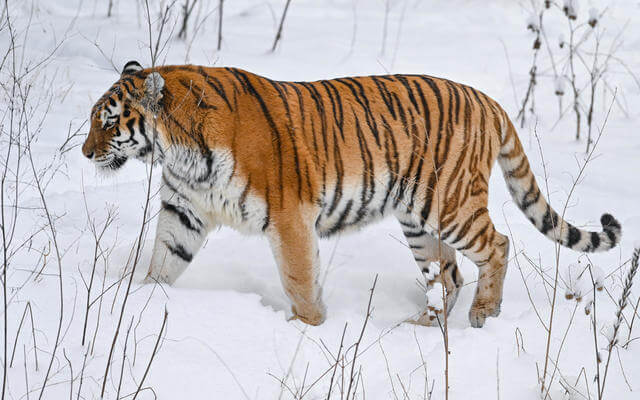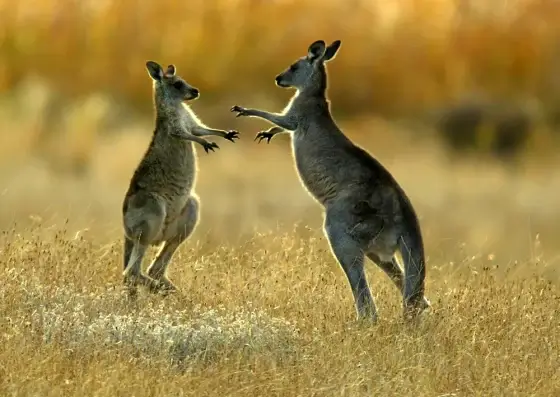Jaguar: Facts, Habitat, Behavior, and Conservation Insights
The jaguar (Panthera onca) is one of the world’s most iconic and elusive big cats. Revered by ancient civilizations and feared by many due to its predatory prowess, the jaguar plays a vital role in its ecosystem. Known for its striking appearance and robust build, the jaguar is the largest wild cat species in the Americas.
This article covers the jaguar’s scientific classification, physical characteristics, habitat, behavior, diet, reproduction, predators, conservation status, and human relationships.
Contents
Scientific Classification
- Kingdom: Animalia
- Phylum: Chordata
- Class: Mammalia
- Order: Carnivora
- Family: Felidae
- Genus: Panthera
- Species: Panthera onca
The jaguar belongs to the genus Panthera, which includes other big cats such as lions, tigers, and leopards. Jaguars are the only Panthera species native to the Americas, and they are closely related to leopards in terms of appearance and genetics.
Physical Characteristics
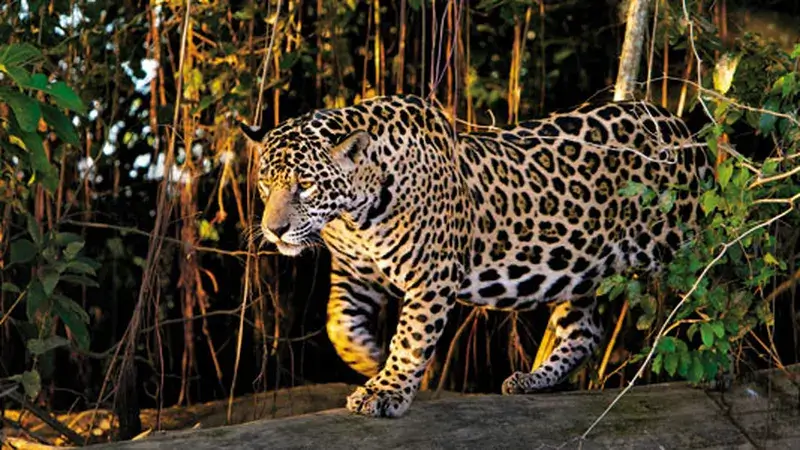
Jaguars are known for their muscular build, large heads, and powerful jaws. They are often confused with leopards due to their similar appearance, but jaguars have several distinguishing features:
- Size: Jaguars are the most giant cats in the Americas, with males weighing between 100 to 250 pounds (45 to 113 kg) and females slightly smaller.
- Length: They measure around 5 to 6 feet (1.5 to 1.8 meters) from head to body, with an additional tail length of about 2 to 3 feet (60 to 90 cm).
- Coat: Their coat is golden-yellow with black rosettes and spots. Unlike leopards, jaguar rosettes often have a central spot inside them.
- Strength: They have the most vital bite force relative to the size of any big cat, capable of crushing bones and puncturing skulls.
Habitat and Range
Jaguars are native to the Americas, with a historical range stretching from the southern United States to Argentina. However, today, their range has significantly decreased, and they are primarily found in:
- Rainforests: The Amazon rainforest is their stronghold, offering dense cover and abundant prey.
- Wetlands: Jaguars thrive in wet, marshy areas like the Pantanal in Brazil, the world’s largest tropical wetland.
- Scrublands and Grasslands: Jaguars can also inhabit scrublands and grasslands but prefer areas with water sources, such as rivers or lakes.
Behavior and Social Structure

Jaguars are solitary animals, except females with cubs. They are territorial, and each jaguar occupies a specific area, which they mark with urine or claw marks on trees.
Key Behavioral Traits:
- Nocturnal: Jaguars are primarily nocturnal hunters, though they can be active during the day in areas with minimal human disturbance.
- Swimmers: Unlike most cats, jaguars are excellent swimmers and are often seen hunting in rivers and lakes.
- Hunting Technique: Jaguars are ambush predators, using stealth and power to catch their prey. They often go for a killing bite to the skull, distinguishing them from other big cats.
Diet
Jaguars are obligate carnivores and apex predators, meaning they are at the top of the food chain. Their diet includes a wide variety of prey, both large and small:
- Primary Prey: Jaguars hunt larger animals such as deer, capybara, peccaries, and caiman.
- Opportunistic Feeders: They also feed on smaller mammals, birds, and fish when larger prey is unavailable.
- Unique Predatory Adaptation: Jaguars are known to crush the skulls of their prey, using their powerful jaws to bite through bone, which allows them to feed on animals like turtles.
Reproduction
Jaguars reach sexual maturity at around 2 to 3 years of age. They do not have a fixed breeding season, though mating is more frequent in areas with abundant prey.
Reproductive Details:
- Gestation Period: Females have a gestation period of approximately 90 to 110 days.
- Litter Size: They give birth to a litter of 1 to 4 cubs born blind and helpless.
- Parental Care: The mother is solely responsible for raising the cubs and fiercely protects them for up to two years before they become independent.
Predators and Threats
Adult jaguars are apex predators, but they have no natural enemies. However, cubs can prey on giant snakes, crocodiles, or other big cats. The main threat to jaguars today is human activity.
- Habitat Loss: Deforestation, agriculture, and urban development rapidly shrink the jaguar’s habitat.
- Human-Wildlife Conflict: Jaguars sometimes prey on livestock, which leads to retaliatory killings by farmers.
- Poaching: Jaguars are hunted illegally for their pelts, teeth, and bones, highly prized in some cultures.
Conservation Status
The International Union for Conservation of Nature (IUCN) lists jaguars as “Near Threatened,” meaning they are at risk of becoming endangered shortly.
Conservation Efforts:
- Protected Areas: Large protected reserves like the Amazon rainforest are critical for jaguar conservation.
- Anti-Poaching Measures: Organizations are working to combat illegal poaching through stricter laws and enforcement.
- Human-Jaguar Conflict Mitigation: Conservationists are helping local communities develop non-lethal methods of preventing livestock predation.
Interesting Facts About Jaguars
- Unique Communication: Jaguars communicate through vocalizations like roars, growls, and even “sawing” sounds, named for the way they resemble a saw cutting through wood.
- Mythical Status: In ancient Mayan and Aztec cultures, jaguars were revered as symbols of power, royalty, and warriors.
- Largest Jaguar Population: The Pantanal in Brazil is home to the densest population of jaguars in the world, making it a prime location for conservation and tourism.
Evolutionary History
Jaguars belong to the Panthera genus, which originated in Asia. The jaguar’s ancestors migrated into North and South America about two million years ago during the Pleistocene epoch. Fossil evidence suggests that jaguars roamed as far north as modern-day Texas and California.
Adaptations Over Time:
- Powerful Jaws: Jaguars have evolved to have stronger jaws than their Panthera relatives, enabling them to hunt a wider variety of prey, including armored animals like turtles and caimans.
- Aquatic Affinity: Their comfort in the water is another unique evolutionary trait, which likely developed as they adapted to hunting in the flooded regions of South America.
Relationship with Humans
Historically, jaguars have been both revered and feared by humans. Indigenous peoples of the Americas often associated the jaguar with gods, warriors, and rulers. Today, jaguars are a flagship species for conservation, symbolizing the need to protect endangered habitats.
Current Issues:
- Ecotourism: In regions like the Pantanal, jaguar ecotourism is growing, offering a way for local communities to benefit economically while preserving jaguar habitats.
- Cultural Significance: Despite their importance in many indigenous cultures, jaguars are sometimes viewed as pests in modern rural communities, leading to conflicts.
Conclusion
With its remarkable strength, beauty, and vital role in its ecosystem, the jaguar remains a symbol of the wild. However, this majestic cat faces increasing threats due to habitat destruction and human-wildlife conflicts. Conservation efforts are essential to ensuring the survival of jaguars in the wild. Through education, protection, and sustainable practices, humans can coexist with this powerful predator and preserve the delicate balance of the ecosystems it inhabits.
- Golden Retriever Pros and Cons: What Every Pet Parent Should Know - 15 September 2025
- Cane Corso Dog Breed: Health, Care, and Lifespan - 14 September 2025
- Catahoula Leopard Dogs: Description, Temperament, Lifespan, & Facts - 21 July 2025


